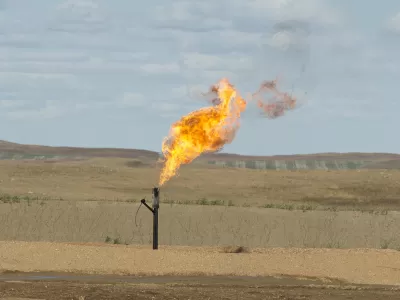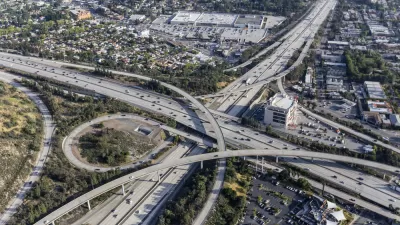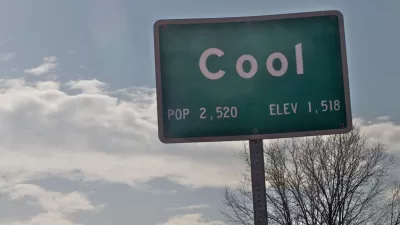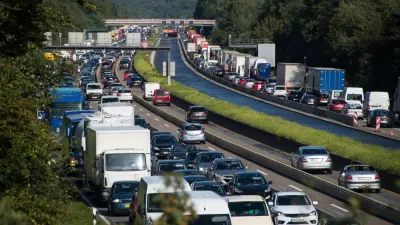Methane wells are the dirty little secret of greenhouse gas emissions. A new study says they're a bigger problem than previously recognized in the state of Pennsylvania.

"Pennsylvania has more abandoned oil and gas wells than previously thought, and some are leaking large amounts of climate-damaging methane gas," reports Marie Cusick. Those findings come from a new study published by the Proceedings of the National Academy of Sciences.
Combining field observations with old books, literature, historical documents and modern databases, researchers from Stanford and Princeton estimate the number of abandoned well in the state of Pennsylvania between 470,000 and 750,000. Prior estimates had the number between 3000,000 and 500,000.
"The study found these abandoned wells collectively account for 5 to 8 percent of Pennsylvania’s annual man-made greenhouse gas emissions," writes Cusick to explain the significance of the increased number of wells. Wells are usually neglected by state and federal greenhouse gas inventories—thus emissions from wells are exacerbating an already large problem, and there's no mechanism to reduce their impacts.
FULL STORY: Pennsylvania has more abandoned wells than expected, says new study

Planetizen Federal Action Tracker
A weekly monitor of how Trump’s orders and actions are impacting planners and planning in America.

Congressman Proposes Bill to Rename DC Metro “Trump Train”
The Make Autorail Great Again Act would withhold federal funding to the system until the Washington Metropolitan Area Transit Authority (WMATA), rebrands as the Washington Metropolitan Authority for Greater Access (WMAGA).

DARTSpace Platform Streamlines Dallas TOD Application Process
The Dallas transit agency hopes a shorter permitting timeline will boost transit-oriented development around rail stations.

Renters Now Outnumber Homeowners in Over 200 US Suburbs
High housing costs in city centers and the new-found flexibility offered by remote work are pushing more renters to suburban areas.

The Tiny, Adorable $7,000 Car Turning Japan Onto EVs
The single seat Mibot charges from a regular plug as quickly as an iPad, and is about half the price of an average EV.

Supreme Court Ruling in Pipeline Case Guts Federal Environmental Law
The decision limits the scope of a federal law that mandates extensive environmental impact reviews of energy, infrastructure, and transportation projects.
Urban Design for Planners 1: Software Tools
This six-course series explores essential urban design concepts using open source software and equips planners with the tools they need to participate fully in the urban design process.
Planning for Universal Design
Learn the tools for implementing Universal Design in planning regulations.
Municipality of Princeton
Roanoke Valley-Alleghany Regional Commission
City of Mt Shasta
City of Camden Redevelopment Agency
City of Astoria
Transportation Research & Education Center (TREC) at Portland State University
US High Speed Rail Association
City of Camden Redevelopment Agency
Municipality of Princeton (NJ)





























